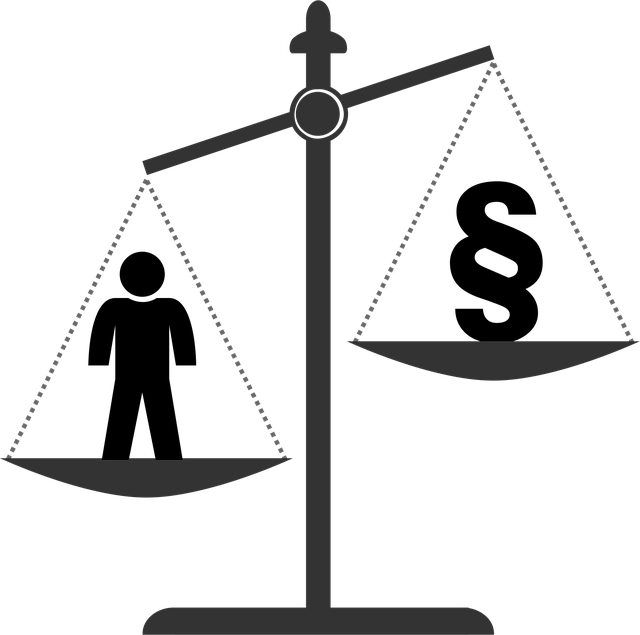The Circle of Hope Girls Ranch lawsuit highlights decades of abuse allegations against a Texas non-profit, urging accountability and reform in youth care institutions. Survivor stories prompt discussions on vulnerable youth safety. Lawsuits hold institutions accountable, send a message against misconduct, and drive transparency, responsibility, and improved safety measures for future victims.
“The Circle of Hope Girls Ranch, once a haven for at-risk youth, has been shrouded in controversy due to allegations of widespread abuse. This article delves into the legal actions taken against the ranch through various lawsuits, exploring how these cases have sought accountability and delivered justice. By examining the outcomes and implications, we uncover lessons that could prevent similar tragedies in the future. The Circle of Hope girls ranch lawsuit stands as a powerful tool for holding institutions accountable for protecting vulnerable individuals.”
- Circle of Hope Girls Ranch: A History of Abuse Allegations
- Legal Actions: Suing for Accountability and Justice
- Impact and Prevention: Lessons from the Lawsuits
Circle of Hope Girls Ranch: A History of Abuse Allegations

The Circle of Hope Girls Ranch, a non-profit organization based in Texas, has faced significant scrutiny and numerous allegations of abuse over the years. What was initially established as a haven for at-risk youth soon became a focal point for lawsuits and investigations, casting a shadow over its reputation. Numerous former residents have come forward with stories of physical, emotional, and sexual abuse while under the care of the ranch. These allegations span decades, indicating a pattern of mistreatment that has left lasting impacts on those affected.
The prevalence of Circle of Hope Girls Ranch lawsuits highlights the need for accountability and reform within the organization. As these legal actions gain momentum, they bring much-needed attention to the potential failures in safeguarding vulnerable youth. The stories shared by survivors have sparked a broader conversation about the importance of transparency and effective oversight in similar institutions.
Legal Actions: Suing for Accountability and Justice

Legal actions, such as a Circle of Hope Girls Ranch lawsuit, serve as powerful tools to hold institutions and individuals accountable for past injustices, particularly in cases of abuse. When a place like the Circle of Hope Girls Ranch, dedicated to nurturing young girls, fails to protect its residents from harm, victims have a right to seek justice.
Suing for accountability not only provides compensation for the suffering endured but also sends a clear message that such behavior will not be tolerated. It compels the institution to confront and rectify its failures, ensuring that similar tragedies don’t occur again. This process is vital in fostering a culture of transparency and responsibility within organizations, especially those entrusted with vulnerable populations.
Impact and Prevention: Lessons from the Lawsuits

The Circle of Hope Girls Ranch lawsuits have brought significant attention to the critical issue of accountability and prevention in institutions entrusted with vulnerable individuals. These legal proceedings have served as a stark reminder of the potential consequences when power dynamics are abused, and the need for robust safety measures becomes paramount. By examining the outcomes of these lawsuits, valuable lessons emerge that can inform and improve practices across various settings.
The impact of such lawsuits extends beyond financial settlements. They shed light on systemic failures, prompting institutions to reevaluate their policies, training programs, and oversight mechanisms. The prevention aspect is key; by learning from these cases, organizations can develop more robust safeguards, transparent reporting structures, and comprehensive risk management strategies. This not only protects individuals but also ensures that institutions are held accountable for their actions.
The Circle of Hope Girls Ranch lawsuits have shed light on a dark chapter, demanding accountability and justice for victims of abuse. These legal actions not only provide a sense of closure but also serve as a powerful tool for prevention. By holding the institution and those involved accountable, these lawsuits send a clear message that no one is above scrutiny when it comes to protecting vulnerable individuals. The impact extends beyond legal ramifications, fostering a culture of transparency and responsibility within similar organizations. This conclusion highlights the importance of such legal steps in ensuring historical wrongs are addressed and future abuses are prevented.
